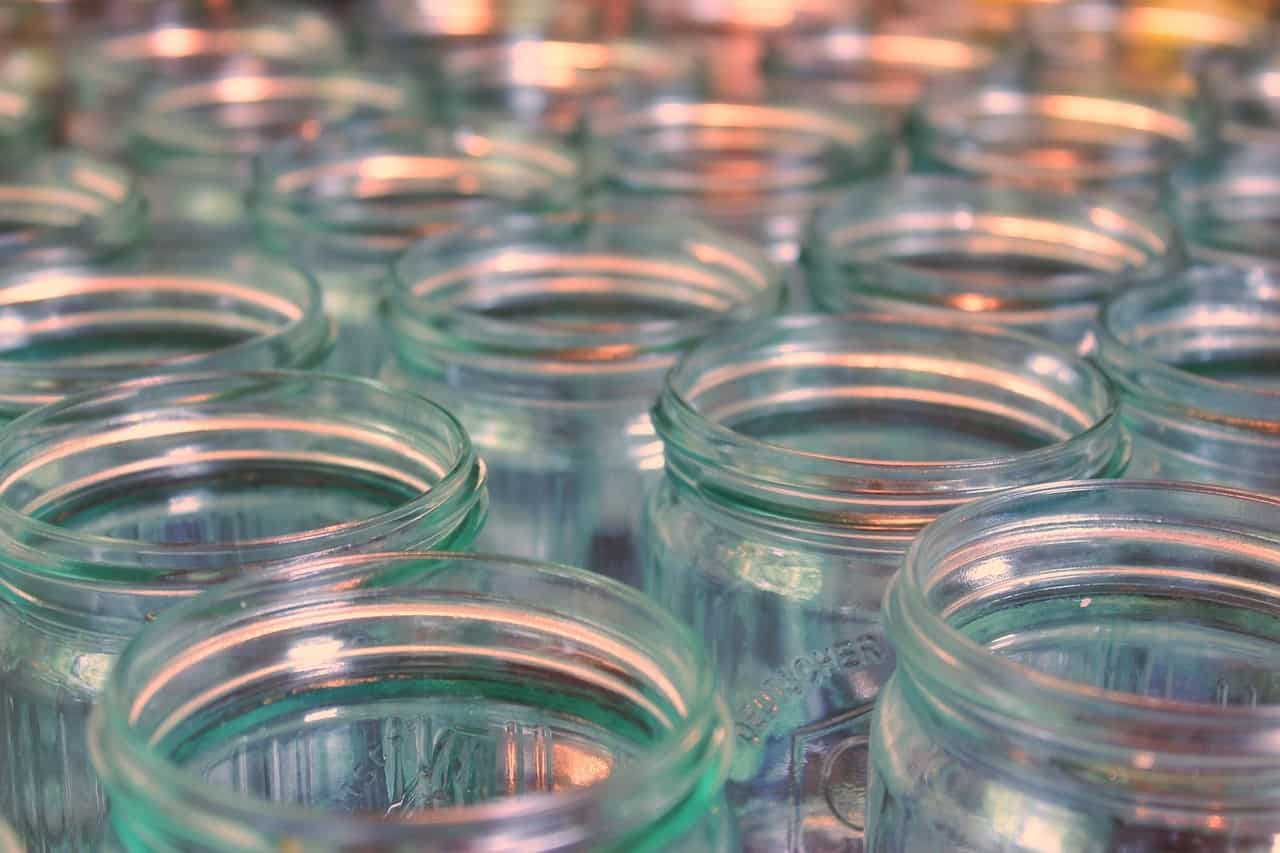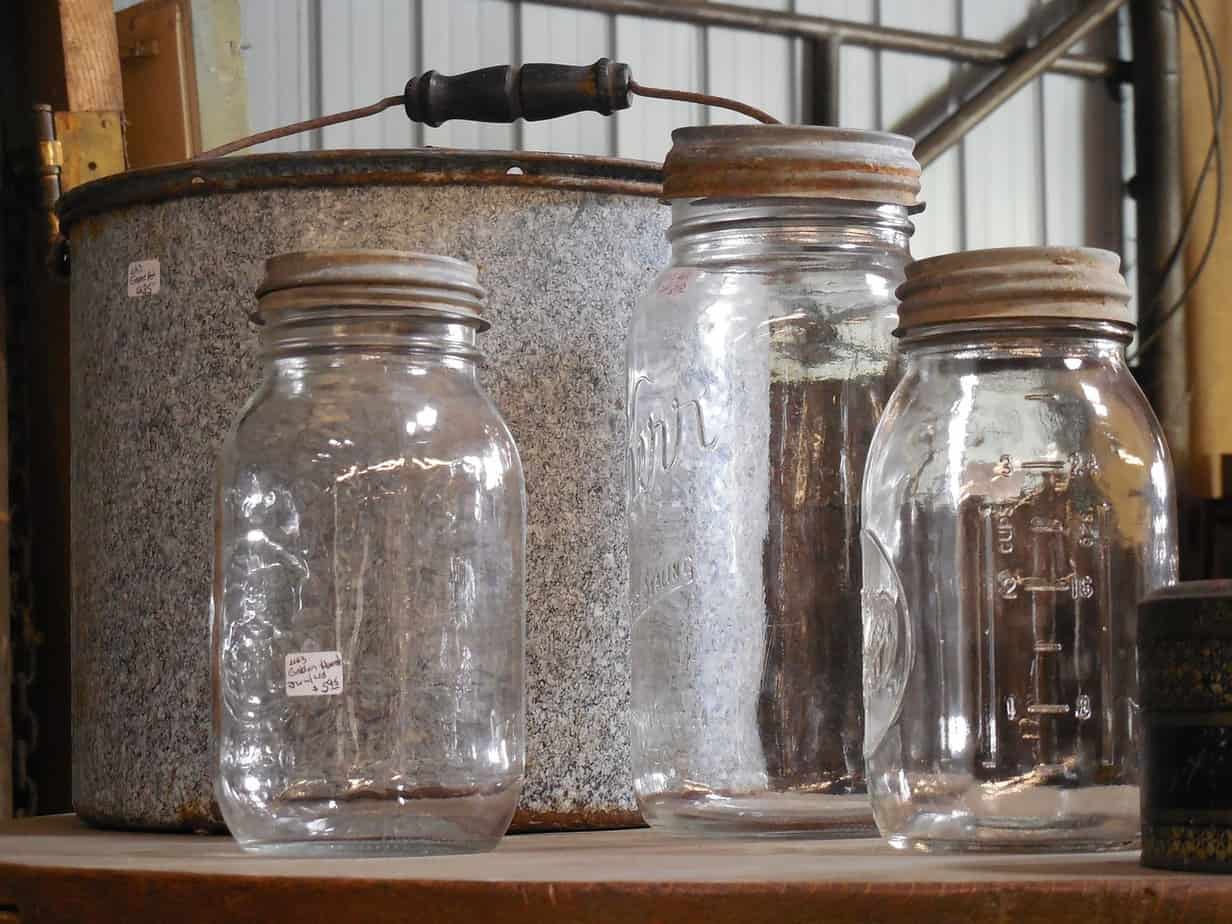Canning season is upon us! I can’t talk about canning without there being a canning history lesson. Join me as I take us on a little “canning history adventure”. So buckle up friends. Here we go in our DeLorean with Michael J. Fox, aka “Marty McFly”. Dr. Brown has set the time for 1795 and we are about to take off and drop in on Napoleon Bonaparte.
Necessity is the mother of invention
Napoleon and the current war he was fighting, soon found frustration in keeping his army of men fed. Frazzled by the constant travel, rotting food rations, molding hard bread, or no food at all, Napoleon offered a reward for any person who could invent a way to preserve food.
Roughly fifteen years later, a gentleman by the name of Nicolas Appert wins the award which was twelve thousand francs. During the previous fifteen years before winning the award, Nicolas was a chef and worked tirelessly over that time period experimenting with ways to preserve food in glass jars for easy transport.
Appert’s method was based on the premise that food stuff such as vegetables, jam and soups could be preserved by first sealing them in a jar and then holding the jar in boiling water for several hours. All the air had to be sucked out of the jar to create a vacuum which would prevent bacteria from decaying the food. The jar would then be sealed tightly with a cork, wire and sealing wax to complete the process.
https://www.famousinventors.org/nicolas-appert
Nicolas noted (I love this part) that he really didn’t understand how it works, but that it does. Don’t you just love that?! He experimented enough to know what failure was and what success was, and that he could time and time again reproduce that success.
Nicolas (like all successful people) went on to write a book (See, back then is no different from now) which became a wild bestseller. The book was called “The Art of Preserving All Kinds of Animal and Vegetable Substances for Several Years“. Oh man! Substances! Animal and vegetable substances… I got a kick out of that.
With his recent windfall of cash, between winning the money award for inventing the glass jar food preservation method and his best-selling book (No Amazon necessary!), Nicolas opened a bottling plant that preserved food for the soldiers, using his method. This bottling plant lasted one hundred years and closed in 1933.
Looking to improve the canning game

But mankind never just settles for good enough, and in 1810 enter the tin can via Peter Durrant. Recognizing that glass jars can break, he decided to make a tinned version. This version was a cast iron that can be sealed by tin. Durrant, an Englishman, kept the Royal Navy fed with his tinned meat cans.
Whether it was glass jar canning or the cast iron tinned cans, the challenge was getting the water to boil faster. Somehow someone introduced calcium chloride, which made the temperature of the water rise faster, thus cutting down the time needed for sterilization of the jars and cans from boiling water. Genius!
From there. the idea of canning spread all over the world. The USA picked up the “Ball jar” and ran with it. Here is a quick rundown of a “Who’s Who of Canning”:
- 1812-Robert Ayars opens the first American cannery
- 1858-John L. Mason patents the Mason jar
- 1884-The Ball Corporation starts manufacturing glass jars for home canning
- 1903-Alexander H. Kerr and the Kerr Glass Manufacturing Corporation create a home canning supply business
- 1914-Smith-Lever Act creates the official position of Home Demonstration Agent
Here’s a portion of the Smith-lever Act that created community classes:
SEC. 2. [7 U.S.C. 342] Cooperative agricultural extension work
https://nifa.usda.gov/sites/default/files/Smith-Lever%20Act.pdf
shall consist of the development of practical applications of research
knowledge and giving of instruction and practical demonstrations of
existing or improved practices or technologies in agriculture, uses
of solar energy with respect to agriculture, home economics, and
rural energy, and subjects relating thereto to persons not attending
or resident in said colleges in the several communities, and imparting information on said subjects through demonstrations, publications, and otherwise and for the necessary printing and distribution
of information in connection with the foregoing; and this work shall
be carried on in such manner as may be mutually agreed upon by
the Secretary of Agriculture and the State agricultural college or
colleges or Territory or possession receiving the benefits of this Act.
This, if I am to understand correctly, is the genesis of the Home Economist Agent that each county, of each state, has. Let’s get back to our canning timeline!
- 1915-Alexander H. Kerr is granted patent for his two-piece disposable metal canning lid
- 1917- In steps the U.S. Department of Agriculture-pressure canning is the only safe way to process low-acid foods
- 1943- Canning hits its peak. More than four billion cans and jars processed! WHOA!
- 1945- Refrigeration hits the scene and all but elminates canning
- 1970- Canning sees a resurgence with the use of home pressure-canners
Aw shucks! My word meter is loudly protesting my continuance of this fascinating timeline of canning history. Stay tuned friends! Till next week! Here is to good canned food, good friends, and a good life!

Michele Bruxvoort is sure to draw you in with her delightful sense of humor and love for living life. She enjoys reading, repurposing, as well as remodeling the family home with her husband. Drawing from her life experience as wife, mom, and follower of Jesus, Michele brings you a very honest and real perspective on life. When you don’t find her writing, you can find her mowing lawns, stocking shelves, taking care of her grandbaby and tackling her latest life adventure.
Wisconsin native and empty-nester, she now makes her home with her husband of 27 years in the South West Prairie plains of Minnesota.



Yes! I plan to spend my afternoon canning beans!
HEY! Another Michele! Hello Michele! What kind of beans? Dilly?
Enjoy your time canning! Thanks for reading.
Michele